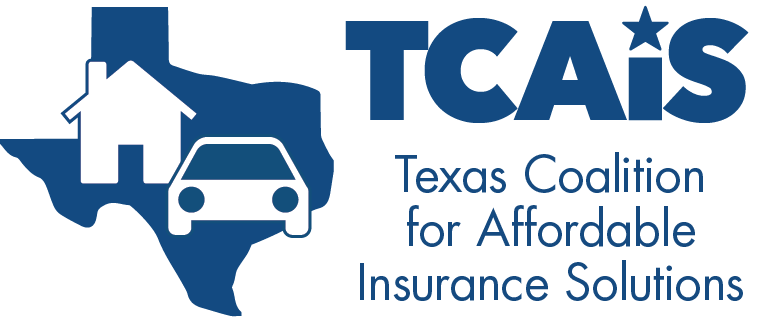Building Codes
BUILDING CODES
BUILDING CODES
In a state prone to so many weather related disasters – including hail, wildfires, hurricanes and tornadoes – implementing and enforcing sound building codes can save lives, reduce property damage, and help drive down the cost of insurance
In a state prone to so many weather related disasters – including hail, wildfires, hurricanes and tornadoes – implementing and enforcing sound building codes can save lives, reduce property damage, and help drive down the cost of insurance
Texas has consistently trailed most coastal states when it comes to instituting and enforcing building codes, according to an analysis
by the Insurance Institute for Business & Home Safety (IBHS) - Texas scored 34 points (out of 100) in the survey.
Texas has consistently trailed most coastal states when it comes to instituting and enforcing building codes, according to an analysis
by the Insurance Institute for Business & Home Safety (IBHS) - Texas scored 34 points (out of 100) in the survey.
Texas needs a stronger code that only allows municipalities to diverge if they adopt even more stringent local standards. A modest investment in better building codes will lead to improved public safety, less wasteful destruction, and long term financial savings for Texas.
Texas needs a stronger code that only allows municipalities to diverge if they adopt even more stringent local standards. A modest investment in better building codes will lead to improved public safety, less wasteful destruction, and long term financial savings for Texas.
Latest News
Latest News
Florida Building Codes Made a Big Difference for Newer Homes in Ian, Reports Show
In the hardest-hit parts of southwest Florida, many newer structures survived remarkably intact in Hurricane Ian’s winds, suggesting that updated Florida building codes are making a difference in reducing property losses, according to early assessments.
Building Codes Position
In a state prone to so many weather-related disasters – including hail, wildfires, hurricanes and tornadoes – implementing and enforcing sound building codes can save lives and reduce property damage. They also help drive down the cost of insurance – damage to homes built to a strong code is less likely or less severe, leading to fewer losses and lower cost insurance claims.
Building codes set design, construction and maintenance standards for homes and other structures. The International Code Council has developed a set of codes that is the most widely adopted by states across the country; however, building codes can vary by state or even municipality.
Studies of areas with strong building codes show they work, significantly saving both homeowners and taxpayers.
A survey
of Texas coastal building code officials and local code administrators by the Insurance Institute for Business & Home Safety (IBHS) found over 264,000 single-family housing units and more than 840,000 residents with no building code protection. In addition, only three cities
in the region had comprehensive protection, with a modern code, a strong roof inspection program, permitting requirements for new construction, and re-roof, contractor licensing and training programs.
Texas has consistently trailed most coastal states when it comes to instituting and enforcing building codes. In 2021 analysis by IBHS, Texas scored 34 points (out of 100) in the survey, lower than all but three of the 18 states along the Gulf of Mexico and the Atlantic Coast.
Texas has a statewide building code – the 2006 International Residential Code – but law allows municipalities to adopt weaker standards than are set out in the code. That has led some, including IBHS, to argue that Texas effectively does not have a statewide building code.
In addition, the Texas Department of Insurance has adopted windstorm building standards that homes must meet to obtain windstorm and hail insurance from the Texas Windstorm Insurance Association (TWIA), which provides windstorm and hail insurance along the Texas seacoast.
TCAIS believes Texas’ code is unevenly applied and more outdated each year with the development of new research and technologies. Texas needs a stronger code that only allows municipalities to diverge if they adopt even more stringent local standards. In addition, TCAIS supports widespread and consistent enforcement and inspection to verify that construction adheres to code requirements.
A modest investment in better building codes now will lead to improved public safety, less wasteful destruction, and long-term financial savings for Texas.
Resources
Federal Alliance for Safe Homes (FLASH): Nonprofit consumer advocate for strengthening homes and safeguarding families from natural and manmade disasters.
Insurance Institute for Business and Home Safety:
Texas Department of Insurance:

